What Is The Longest Lasting Drone Battery?
Drones have revolutionized numerous industries, from aerial photography and environmental monitoring to infrastructure inspection and agricultural management. Central to their functionality is the drone battery, the lifeblood that determines how long these unmanned aerial vehicles can stay airborne and perform their tasks. As drone technology continues to advance, one of the most critical areas of innovation is the development of longer-lasting, more efficient batteries. This quest for extended flight times is driven by the need for drones to cover greater distances, conduct longer missions, and reduce downtime due to frequent recharging.
In this article, we will explore the intricacies of drone batteries, focusing on the factors that influence their longevity and performance. We will delve into the specifics of what constitutes a drone battery, identify the longest lasting options available today, and examine the drones that lead the market in battery life. Additionally, we will discuss the key factors affecting drone flight time, methods to calculate flight duration, and the applications that benefit the most from extended flight capabilities. By understanding these aspects, we can have a clearer understanding of the topic of longest lasting drone battery.
What is a Drone Battery?
A drone battery is a crucial component that powers unmanned aerial vehicles (UAVs), enabling them to fly, perform tasks, and return safely. Most modern drones use lithium polymer (LiPo) batteries due to their high energy density, lightweight, and ability to deliver high discharge rates necessary for various drone operations. Other types include lithium-ion (Li-ion) batteries, which offer higher energy densities but are typically heavier, making them less common in smaller consumer drones but more prevalent in industrial applications.
What is the Longest Lasting Drone Battery?
The term "longest lasting drone battery" can be interpreted in two ways: one that provides the longest single flight time and one that has the longest overall lifespan in terms of charge cycles. For the longest single flight time, batteries with higher capacity (measured in milliampere-hours, mAh) are preferred. For instance, batteries in the range of 10,000mAh to 30,000mAh are commonly used in professional and industrial drones to maximize flight duration. However, such batteries are usually heavier and larger, impacting the drone's design and payload capacity. Technologies like solid-state NMC batteries and advancements in battery chemistry are also being explored to extend both flight time and overall lifespan.
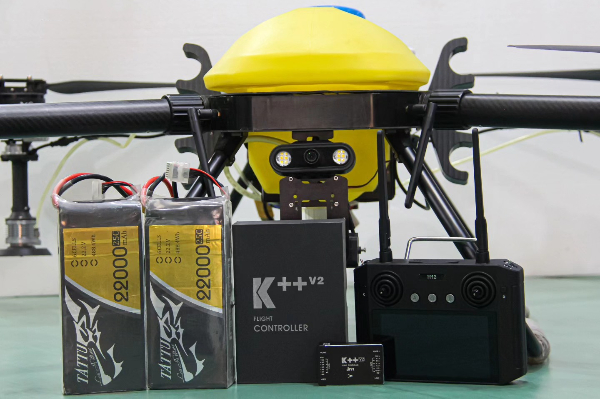
How Long Do Drone Batteries Last?
Drone batteries' longevity is measured in both flight time per charge and the total number of charge cycles they can endure before significant degradation.
●Flight Time: Consumer drones typically offer flight times ranging from 15 to 30 minutes. High-end consumer and professional drones can extend this to 45 minutes to an hour. Specialized industrial drones, using advanced battery technologies and optimized designs, can achieve flight times exceeding 2 hours.
●Charge Cycles: The lifespan of a drone battery in terms of charge cycles varies. LiPo batteries usually last between 300-500 cycles before noticeable capacity loss. Proper battery management, including avoiding deep discharges and extreme temperatures, can help maximize the lifespan of both battery types.
What is the Longest Battery Life Drone?
The drone with the longest battery life is often found within the industrial or commercial sector. Currently, the title for the longest battery life in a commercially available drone belongs to certain models designed for endurance, such as the AeroVironment Quantix and the DJI Matrice series, particularly the DJI Matrice 300 RTK, which offers up to 55 minutes of flight time on a single charge. The currently known drone with the longest lasting battery is the JOUAV CW-30E, which can reach up to 600 minutes.
However, custom-built drones for specific applications, like long-range surveying or environmental monitoring, can be equipped with larger, high-capacity batteries or hybrid power systems (combining fuel cells and batteries) to achieve flight times well over an hour, sometimes exceeding several hours in optimal conditions.
Factors That Affect Drone Flight Time
Several factors influence how long a drone can stay airborne:
●Battery Capacity: Measured in mAh, higher capacity batteries store more energy, providing longer flight times.
●Drone Weight: Heavier drones require more power to stay aloft. Payload, such as cameras or sensors, also affects flight time.
●Flight Conditions: Wind, temperature, and altitude impact battery performance. Cold weather can reduce battery efficiency, while high altitudes require more power due to thinner air.
●Flight Speed and Maneuvers: Aggressive flying, high speeds, and rapid maneuvers drain the battery faster than steady, level flight.
●Battery Health: Older batteries or those that have been improperly maintained degrade and lose capacity, reducing flight times.
●Propulsion Efficiency: The design of the motors and propellers affects how efficiently the drone uses power. More efficient systems extend flight time.
How to Calculate Drone Flight Time?
Calculating drone flight time involves understanding the drone's power consumption and the battery's capacity. Here’s a simplified method:
●Determine Battery Capacity (C): Measured in mAh (milliampere-hours). For example, a 5,000mAh battery.
●Convert Capacity to Ampere-hours (Ah): Divide by 1,000. (5,000mAh / 1,000 = 5Ah)
●Find Average Current Draw (I): This is the average power consumption of the drone, measured in Amperes (A). For instance, if a drone consumes 20A on average.
●Calculate Flight Time (T): Use the formula T = C / I. (5Ah / 20A = 0.25 hours or 15 minutes)
This calculation provides an estimate. Real-world flight time can vary based on the factors mentioned earlier.
Which Drone Applications Require the Longest Flight Time?
Certain applications inherently demand longer flight times:
●Surveying and Mapping: Large areas need to be covered, requiring extended flight times to minimize downtime for battery changes.
●Agricultural Monitoring: Precision agriculture benefits from drones that can monitor large fields without frequent landings.
●Search and Rescue: Extended flight times increase the chances of locating individuals and provide more time for detailed area scans.
●Environmental Monitoring: Drones used for wildlife tracking, pollution monitoring, or weather observation often operate in remote areas, where extended flight times are critical.
●Infrastructure Inspection: Long flight times allow for comprehensive inspections of pipelines, power lines, and other infrastructure without frequent interruptions.
●Logistics and Delivery: Delivery drones need to maximize their flight time to cover larger distances or multiple deliveries on a single charge.
Conclusion
The quest for the longest lasting drone battery is an ongoing challenge driven by the diverse and expanding applications of drone technology. From consumer drones offering impressive flight times to industrial drones that push the boundaries of endurance, advancements in battery technology continue to play a pivotal role. Understanding the factors affecting flight time and properly managing batteries can significantly enhance both the performance and lifespan of drone operations. As a global leading lipo battery manufacturer, Grepow offers professional customizable UAV battery solutions to meet the needs of longest flight time drone applications. If you have any questions or needs, please feel free to contact us at info@grepow.com. The following table lists longest last drone battery solutions with high capacity and energy density from Grepow for your reference.
Related Articles:
What is a drone light show and how much does it cost?
How to Choose an Aerial Photography Drone?
Multirotor vs Fixed Wing vs VTOL UAV: What’s the Difference?
Related Articles
-
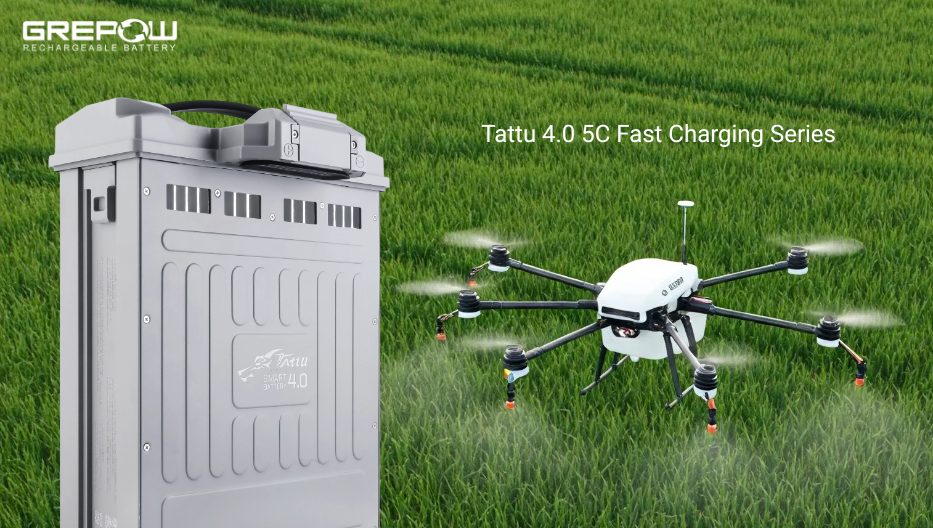
How to Charge Tattu 4.0 18S Intelligent Battery?
2025-07-14 -
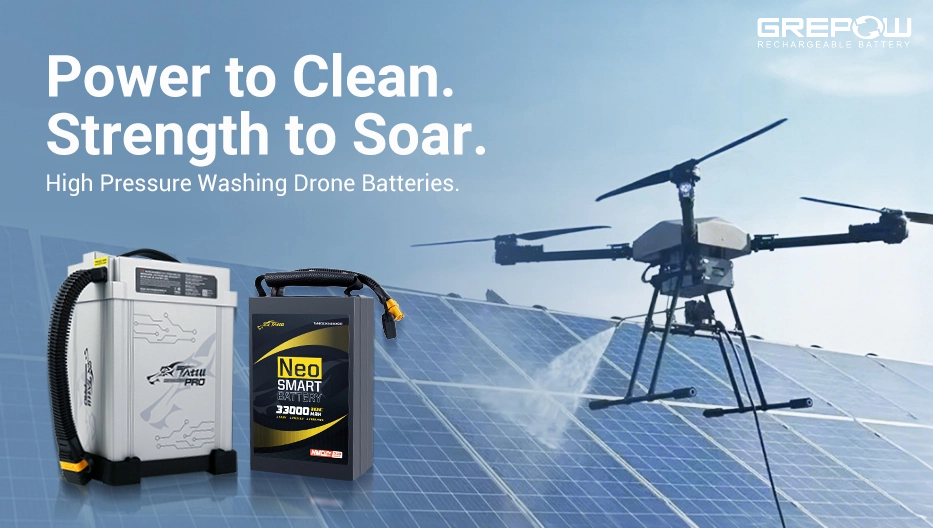
How to Choose Battery for a Washing Drone?
2025-07-08 -

The Evolution and Challenges of Low-Altitude Economy
2025-07-01
Related products
-
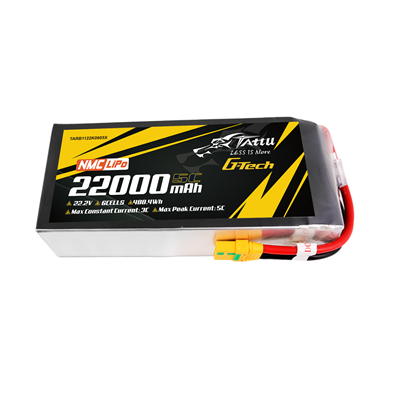
22000mAh 22.2V 6S Semi-Solid State Battery Pack with G-Tech
-
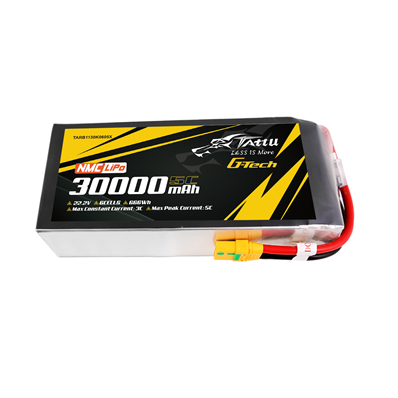
30000mAh 22.2V 6S Semi-Solid State Battery Pack with G-Tech
-
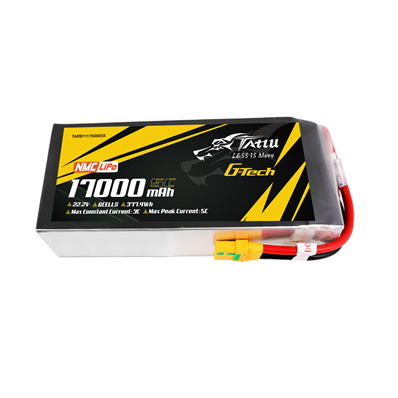
17000mAh 22.2V 6S Semi-Solid State Battery Pack with G-Tech
















































